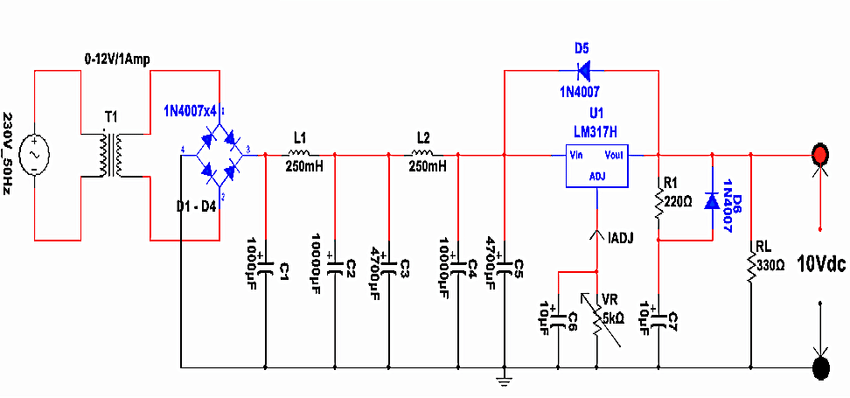SMPS Low-Ripple Design Techniques – SmartXProKits

⚠️ The Problem: Ripple in SMPS Outputs
Switch Mode Power Supplies (SMPS) are widely used for their efficiency, but they often introduce output ripple voltage—a small AC variation over the DC output. For sensitive electronics like microcontrollers or audio circuits, ripple can cause erratic behavior or noise.
🛠️ The Solution: Low-Ripple Design Techniques
Reducing ripple is all about careful design. Techniques include using low-ESR capacitors, proper layout, adding LC filters, and selecting the right switching frequency. A simple LC filter at the output can significantly smooth out fluctuations.
🔍 Practical Example :
Imagine you’re powering a 5V sensor board with a buck converter, but the sensor readings are unstable. Measuring reveals a ripple of 200mV. Adding a 10µH inductor in series and a 470µF low-ESR capacitor at the output can bring ripple down to <20mV, stabilizing the readings.
📏 Sample Calculation :
Ripple voltage Vr≈f×CI×ESR
Assuming:
Load current = 0.5A
ESR = 0.05Ω
Capacitance = 470µF
Switching frequency = 100kHz
Vr≈100000×470×10−60.5×0.05≈0.053V (53mV ripple)
🛒 Product Suggestion :
Use “low ESR capacitors” or “inductors for SMPS” to reduce ripple:
👉 Shop now at SmartXProKits.in
🇮🇳 Support our work and India’s innovation—buy from our Make in India site!




















